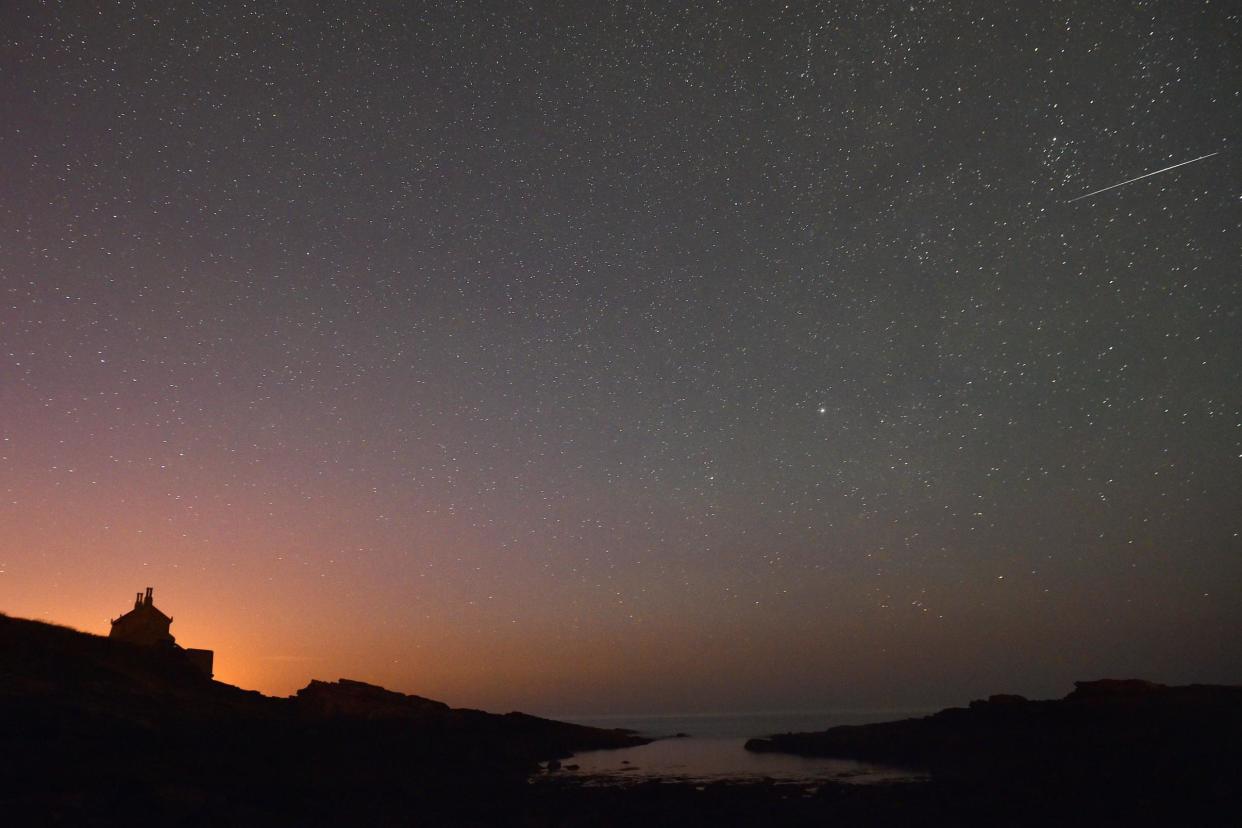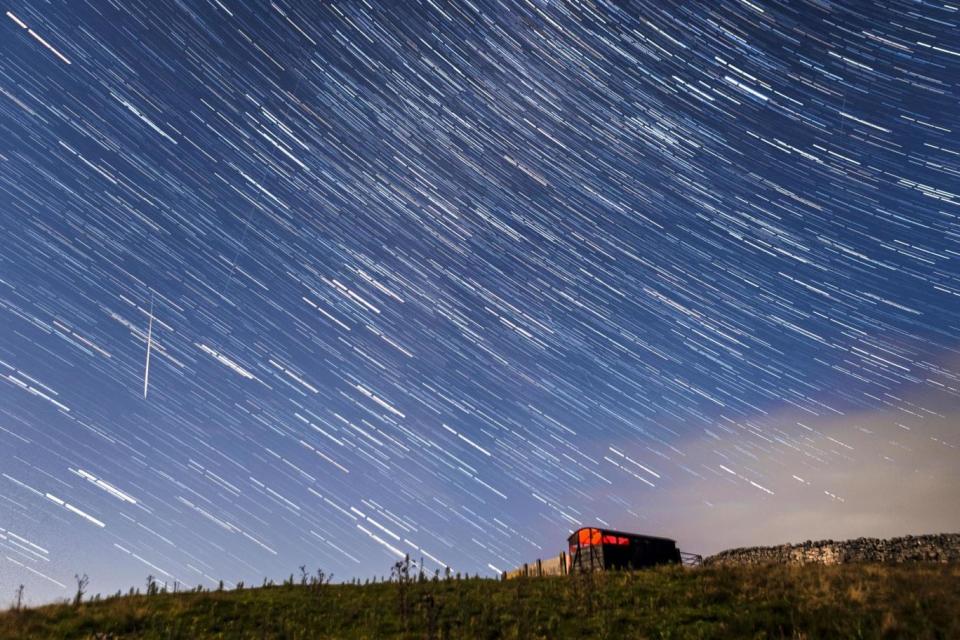Orionoid meteor shower 2017: How to watch radiant display in London and the UK

The Orionoid meteor shower will peak this weekend, on the night of October 21, with stargazers in for a dazzling light display.
Orionoid meteors, which seem to originate from the constellation Orion, are “known for their speed and brilliance”.
From a dark spot, stargazers may see up to 20 meteors per hour.
The meteor shower is associated with Halley’s Comet, and the shower appears when Earth passes through the debris left by the comet.
Where is the best place to watch the Orionoid meteor shower?
You need to go somewhere where there are no street lights shining in your eyes, such as Richmond Park or Hampstead Heath. Find a secluded spot and allow your eyes to adjust to the darkness.
Try not to use your phone, as this will spoil your vision.

When is the best time to look for the Orionoid meteor shower in the UK?
The shower is expected to peak on Saturday night and Sunday morning, when the moon will set conveniently before the meteor shower rises in the east.
It will rise after 21:30pm on Saturday. The best time to go hunting for meteors is after midnight, when skies are as dark as they can be and the shower has fully risen.
Tips from the experts
Tom Kerss, astronomer at the Royal Observatory Greenwich, said: “The Orionids is a modest shower, producing around 20 meteors per hour at best under absolutely perfect conditions.
“In reality, you’ll see far fewer, because your local conditions are variously less than ideal, but Orionid meteors are known for their speed and brilliance, so if you persevere there’s a good chance you’ll see several bright ‘shooting stars’ zipping across the sky.
There is no advantage to using binoculars or a telescope, according to Mr Kerss, so eyes are the best tool available for spotting meteors. He said viewers should “relax and gaze up at the sky”.
He continued: “Meteors can appear anywhere in the sky, though if you have to pick a direction, you might fare slightly better looking east.
“If you can brave the cold (wrap up warm!) make a plan to stay out between midnight and 3am on Sunday morning to give yourself the best chance, and enjoy the thrill of seeing tiny flecks of Halley’s Comet disintegrate at hypersonic speeds (safely) above your head!”

 Yahoo News
Yahoo News 
